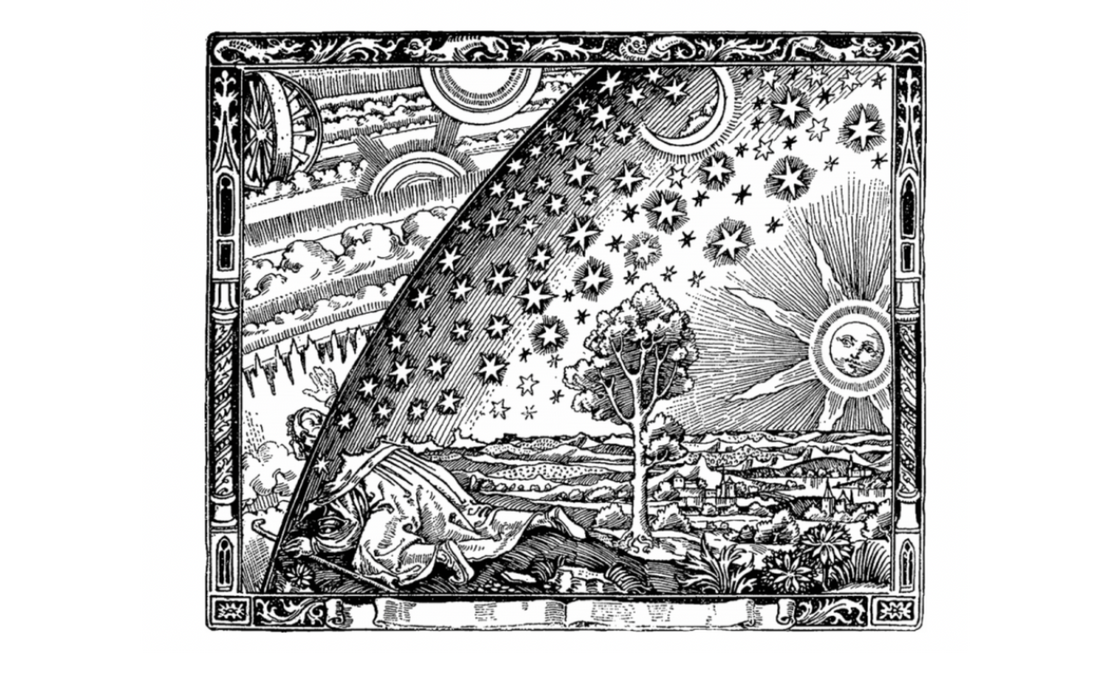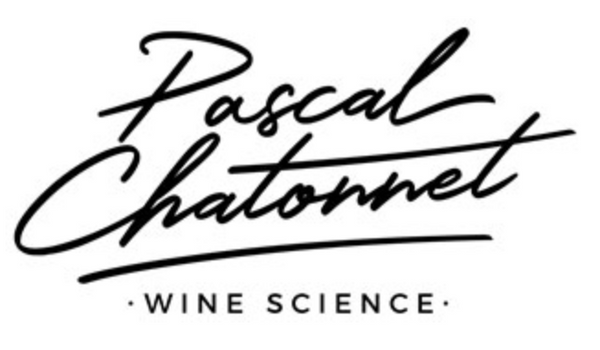
Biodynamic not sure, Biosynergy for sure
For a less hermetic approach to Biodynamics
Stemming from the theories of Rudolf Steiner, biodynamics can be seen as an agronomic avatar of anthroposophy. An article on Wikipedia details several criticisms pointing to the fact that the anthroposophical approach is based solely on the “intuition” of its founder. Opposing scientific rationality, he systematically avoids in his works having to prove his assertions which therefore boil down to certainties to which we only adhere by faith.
A large part of Steiner's verifiable assertions have since been swept away by advances in biology (whether it be the properties of the products used or the influence of constellations), his entire system of thought is based on this. finds it very fragile. Rudolf Steiner had absolutely no agricultural training, nor even any real contact with the peasant world, and never sought to argue his assertions on the subject, nor especially to verify the practical effectiveness of his recommendations (he died the year following the publication of his only work on the subject).
Michel Onfray sees in anthroposophy an esoteric drift from vitalism, a philosophical movement to which he himself identifies. He notably criticizes biodynamic agriculture in his book “Cosmos: a materialist ontology”, arguing that the use of animal skulls for wine growing as supposed influences in the taste of the wine obtained had no perceptible effect and only constituted a superstition without any basis in taste. He adds that this seemingly innocuous deception is worrying when it serves as a Trojan horse for more serious “Steinerian” ideologies…
In his book “Bacchus and I”, the American writer Jay McInerney quotes Stuart Smith, who runs the blog Biodynamics is a Hoax, who wrote that “biodynamics is a sham and deserves recognition same level of respect that we give to witchcraft", or again, about Rudolf Steiner: "Rudolf Steiner was completely crazy. He was a charlatan gifted with a tremendous imagination, a sort of Timothy Leary high on LSD with PT Barnum's talent for show business.
The journalist Jean-Baptiste Malet considers that biodynamics is distinguished in particular from organic farming because it does not only encompass agricultural techniques, but also rituals of a mystical nature: "The farmer who agrees to comply with the specifications charges of Demeter, the certification mark for agricultural products grown biodynamically, does not limit itself to producing organic fruits or vegetables — this type of Druidry requires it to handle horns filled with dung and deer bladders and to respect a cosmic calendar. As with halal or kosher meats, biodynamic wines and carrots signal that they respect ritual codification. »
But ultimately, does all this really matter? Everyone has their own rituals. What really matters should have a favorable impact and be read in the wine In vino veritas, regardless of the bottle if one is drunk.
We must not forget that wine production is in principle a long-term business. This therefore implies a certain performance to be reproduced. However, if the vague nature of a speech can be maintained ad vitam, its application in practice can only be validly maintained for so long if quantity and quality are there, for the winegrower first and then for the consumer.
Are biodynamic wines worse or better than those from organic or conventional farming? This is a debate that we will perhaps engage in later but which is of little interest given the subjectivity of the notion of quality.
Are the quantities of wine produced lower equal to or greater than those of other systems. Opinions and facts differ wildly here. Indeed, depending on the environment, the vine will be very differently exposed to parasites capable of at best damaging and at worst destroying its fruits; there are therefore obviously regions where adopting the principles of organic or biodynamic agriculture is easier than elsewhere. It is easy to understand that dry and ventilated climates, for example, will be significantly less sensitive to the development of cryptogamic diseases (mildew, powdery mildew in particular) and that, in these particular conditions, the use of less aggressive biological means of control, little or no residual, inspired and energized, will be more or less largely sufficient to protect the vine.
The use of preparations, with consideration of the supposed influence of lunar and planetary rhythms, mainly differentiates biodynamic agriculture from organic agriculture. However, whatever one thinks, this production system has not demonstrated more efficiency than classic organic farming.
The two approaches are distinguished by the esoteric dimensions of biodynamic agriculture, but the superior efficiency claimed by biodynamics is mainly a matter of "magical thinking", a form of thinking that claims the power to bring about the fulfillment of desires. , prevention of events or resolution of problems without hardware intervention. Remember that this type of thinking generally manifests itself during childhood, in adulthood it is understood by medicine as a symptom of immaturity or psychological imbalance... it is true that sometimes biodynamicists push the mushroom a Near.
Nevertheless, the use of herbal teas, essential oils and certain minerals (quartz silica) to take advantage of their “medicinal” and “vitalizing” properties, proves to be an interesting way to reduce the doses of copper applied to the body. vineyard. The accumulation of copper in soils is a subject to be taken into consideration in the long term and we will discuss it specifically. Immediately, this metal is subject to increasingly drastic regulation (dose limited to 4 kg/ha/year smoothed over 7 years and 3 k/ha/year under Demeter) and all solutions to reduce its use and improving its efficiency are therefore welcome.
Improving the natural defenses of the plant is one of the leitmotifs of biodynamics. Sprays of horsetail herbal teas and preparations based on lavender or orange essential oil help fight mildew by combining them with doses of copper divided by two or three. The use of horn silica (501), in addition to the fact that it would have an effect on leaf organization, would also strengthen the plant's immune defenses, particularly against cryptogamic diseases. The “esoteric” explanation is that, generally speaking, biodynamic management tends to naturally balance the plant and “makes it more receptive to suprasolar planets”…
Beyond the controversies, recent Alsatian trials make it possible to scientifically compare the biological impacts of conventional and biodynamic practices. Thus “Natural defenses are higher in vines grown biodynamically, whatever the climate and pathogen pressure” declares Jean Masson, research director at the National Institute of Agronomic Research in Colmar. He draws this conclusion from the results of monitoring the contents of secondary metabolites and the expressions of immunity genes on fourteen plots of pinot noir from 2014 to 2017, for 30 hectares of vines, planted on SO4 and managed by eight conventional winegrowers. and three biodynamic producers. Published in the journal Scientific Reports. For this test (without organic winegrowers), all the winegrowers monitored treat with sulfur and copper, the conventional ones adding synthetic fungicides, while those in biodynamics deploy organic and mineral preparations. As could be expected, the load of downy mildew and powdery mildew in the vines monitored was higher for those in biodynamic cultivation than in those in conventional cultivation (respectively 51% and 22% of plants infected on average from 2014 to 2017). But “in all cases, none of the collected leaves showed visible symptoms, such as a powdery surface or oil stains. Both systems manage to stop the infection” underlines the study, which is based on early molecular detection of downy mildew and powdery mildew (the study of defense genes and secondary metabolites making it possible to capture the response of vines to diseases two to three weeks before the expression of symptoms).
If the leaves are unharmed, they do not have the same appearance depending on the cultivation methods. Conventional winegrowers do not hesitate to make fun of the yellowish and unhealthy complexions of biodynamic foliage. Having analyzed the composition of the leaves from 2015 to 2017, the scientists note that the chlorophyll levels are higher on conventional vines (testifying to better photosynthetic activity), while the concentrations of anthocyanins and flavonols are higher in biodynamics ( marking a response to stress, whether climatic or/and fungal). These data are confirmed by measurements of the expression of defense genes, which is twice as high for biodynamic vines over the period 2014-2016. “Especially during stress linked to climate change” specifies Jean Masson. And come to the conclusion that the natural defenses of the vine are higher in biodynamics. “On the other hand, there is no information allowing us to decide on the causes. To find out if biodynamics has a positive effect or if it is conventional which has a negative effect.”
Indeed, we cannot yet conclude on the origin of the stimulation of the vine's response; it could simply be due to permanent stress and quite simply more intense in biodynamics, a situation naturally inducing a greater synthesis of disease resistance factors...
Everything here encourages me to think that, at least in its deepest layers, biodynamics, in the same way as other borderline objects such as witchcraft, shamanism, UFOs, apparitions of the virgin or even animal magnetism, refers to such a radical otherness in the ways of knowing and composing the world that it forces us to adopt a reflective look at the very conditions of production of science. With Steiner, Beyond this mixture of knowledge and this esoteric dominance, we are also struck by the absence of reference as to the origin of these different knowledges. If, through additional readings, we can find the different intellectual influences of Steiner in the composition of the Farmers' Course, the knowledge mentioned seems to be revealed by direct access to levels of reality imperceptible to the uninitiated. The phenomena described seem to have been “seen”, according to an ability to “see clearly” which consists of directly accessing “spiritual” realities. Even if the temptation to oppose the esoteric vision to a scientific vision is real, it is according to Jean Foyer in “Syncretism of knowledge in biodynamic viticulture” (https://www.cairn.info/revue-anthropologie-des- knowledge-2018-2-page-289.htm#), take too easy a shortcut. Indeed, for Steiner, access to these levels of spiritual realities can, and even must, be done in a scientific way, that is to say, in his terms, in a methodical and practical way. He therefore calls for a science that is non-reductionist, non-materialist and, in a certain way, metaphysical but which must have both very concrete applications and be verified by experience.
The criticism of science in the Farmers' Course is therefore recurrent and profound, but it essentially concerns specific elements of the scientific framework, reductionism, the too distant relationship to empiricism, but above all, materialism. It cannot mean a wholesale rejection by Steiner who, on the contrary, claims a certain scientificity. Although trained in science, Steiner is above all a philosopher who too frequently confuses science and scientism and it is a real shame because in this way he too often engages in pseudoscience for my taste.
The syncretic approach actually seems interesting for, if not understanding, at least reconciling knowledge and approaches which, in the end, despite the esotericism on one side and the materialism on the other which violently oppose them, can make it possible to identify a new peaceful approach to hysteria, my new approach, the one that I will call Biosynergy.
